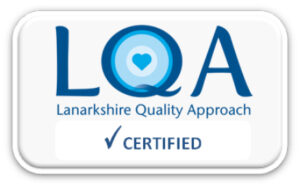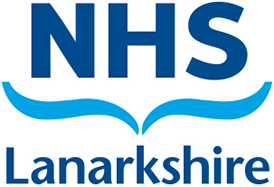Information about Extensor Tendon Injuries to the Thumb
Information for patients
NHS Lanarkshire Hand Therapy Department
PIL.EXTENI.21_17907.L
Introduction
You have injured the extensor tendon that allows your thumb to straighten. Without proper rehabilitation it could potentially lead to the repaired tendon rupturing – this is where part or all of your tendon tears. Rupture of the tendon would mean you would require further surgery and this would delay your healing process.
Tendons take up to twelve weeks to heal and during this time your activities will be restricted. Heavy lifting and contact sports should not be carried out until after twelve weeks. You are advised to discuss your return to work with your hand therapist. If you drive to work this will not be permitted straight after surgery. What you do at work will dictate when you are permitted to return to work.
Remember you need to elevate your hand for the first two weeks after your operation to help keep swelling to a minimum. You can do this by using your sling or by resting your hand on your shoulder or on a couple of pillows when you sleep. Letting your hand hang down may cause it to throb and become swollen.
Your tendon will need to be protected in a thermoplastic splint to prevent certain movements and activity that will risk rupturing your tendon repair. Thermoplastic splints are different from normal plaster casts in that they are lighter and are easily moulded to fit each patient.
The splint made for you must be worn 24 hours a day for the first 6 weeks. You are not permitted to drive at this stage.
Splint care
Do not place your splint in hot water or near a heater.
Check your skin regularly for red, sore areas of skin and let your therapist know if you have any concerns.
Use a plastic bag to cover your arm and splint when showering or bathing until your therapist advises you may complete a protected bathing of your hand. This means you can wash your hand carefully in a wash basin or in the bath, without using it.
General Care to Your Hand
- Do not attempt to fully bend your finger(s) with your other hand.
- Do not use your injured hand for anything. Any activity, other than supervised exercises, may cause your tendon(s) to rupture. This includes even the lightest of tasks e.g. housework, driving.
- Do not get your hand or splint wet whilst you have stitches.
-
- If you are showering or bathing place your arm in a polythene bag to keep it dry.
-
- It is extremely important you do your exercises regularly and exactly as prescribed.
- Do wear your sling if out in public to protect and raise your injured hand.
5 days post op-4 weeks:
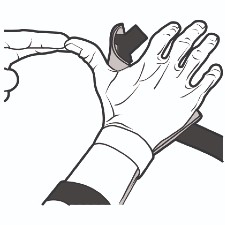
- Using your other hand, lift your thumb from the splint and then use your muscles of the injured hand to keep your thumb up in the air. Then lower your thumb to the splint.

- Lift your thumb away from the splint without using your other hand. Then lower to the splint.
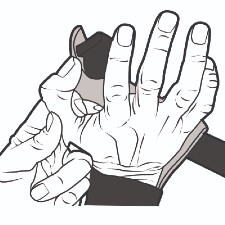
- Bend and stretch your thumb across your palm.
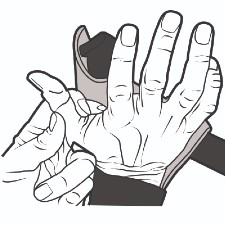
- With your wrist back, gently bend and straighten the tip of the thumb.
Week 4:
- Touch each fingertip with your thumb. Do not use your other hand to push your thumb down.

- Fully straighten your thumb.
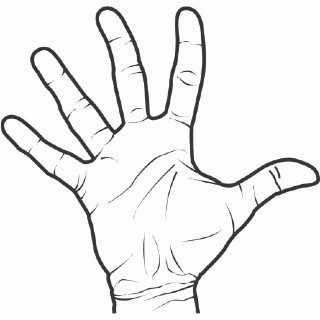
- Gently bend and straighten your wrist.
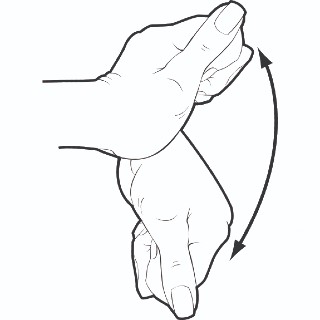
If you have any questions then please call your hand therapist on:
- University Hospital Monklands: 01698 752088
- University Hospital Hairmyres: 01355 585429
Should you feel a snapping sensation combined with a decrease in movement then please contact the Hand Therapy Department immediately using the relevant number of the department you are attending. If a rupture occurs it is more difficult to re-repair the second time round, therefore we need to act immediately.
If your wound becomes smelly, red or suddenly very painful, contact the Orthopaedic Unit or your GP to rule out a wound infection. In an emergency then please go to the Accident & Emergency department.
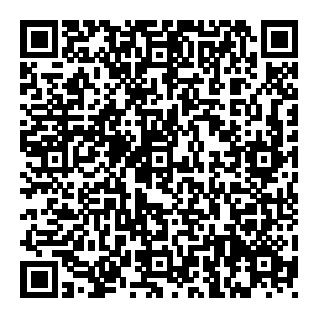
Pub. date: June 2022
Review date: June 2024
Issue No: 02
Reference: PIL.EXTENI.21_17907.L
22_13431
If you need this information in another language or format, please e-mail:
